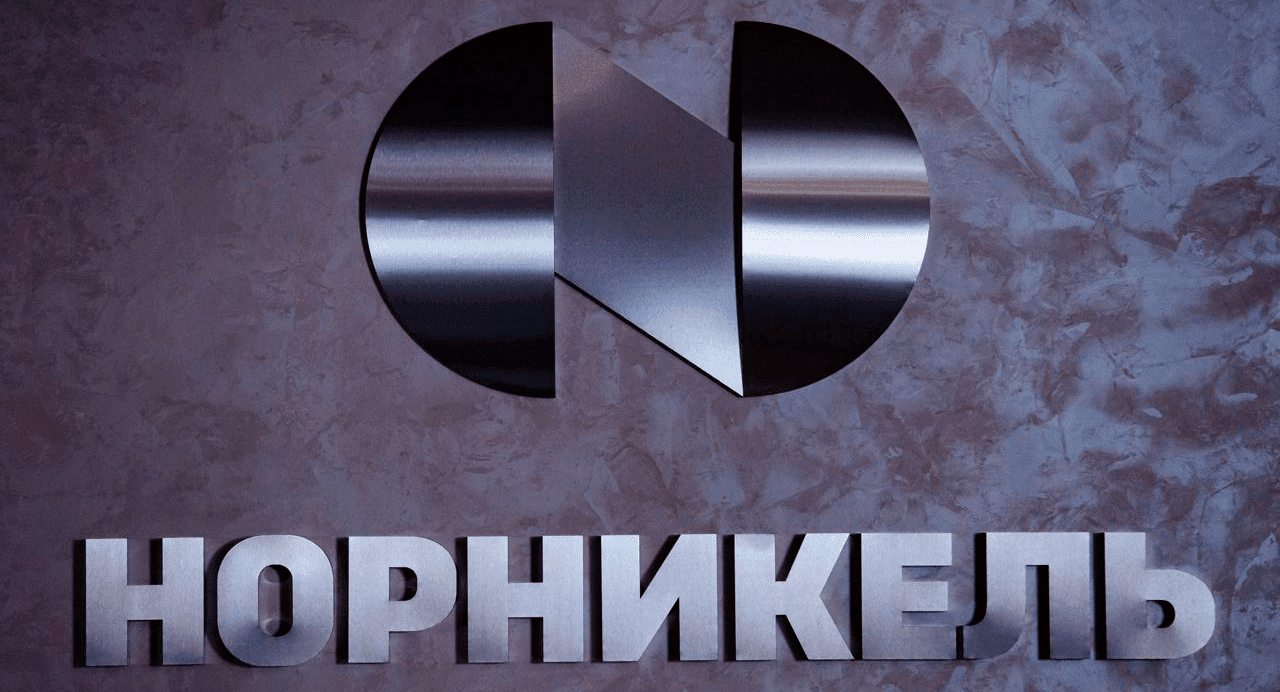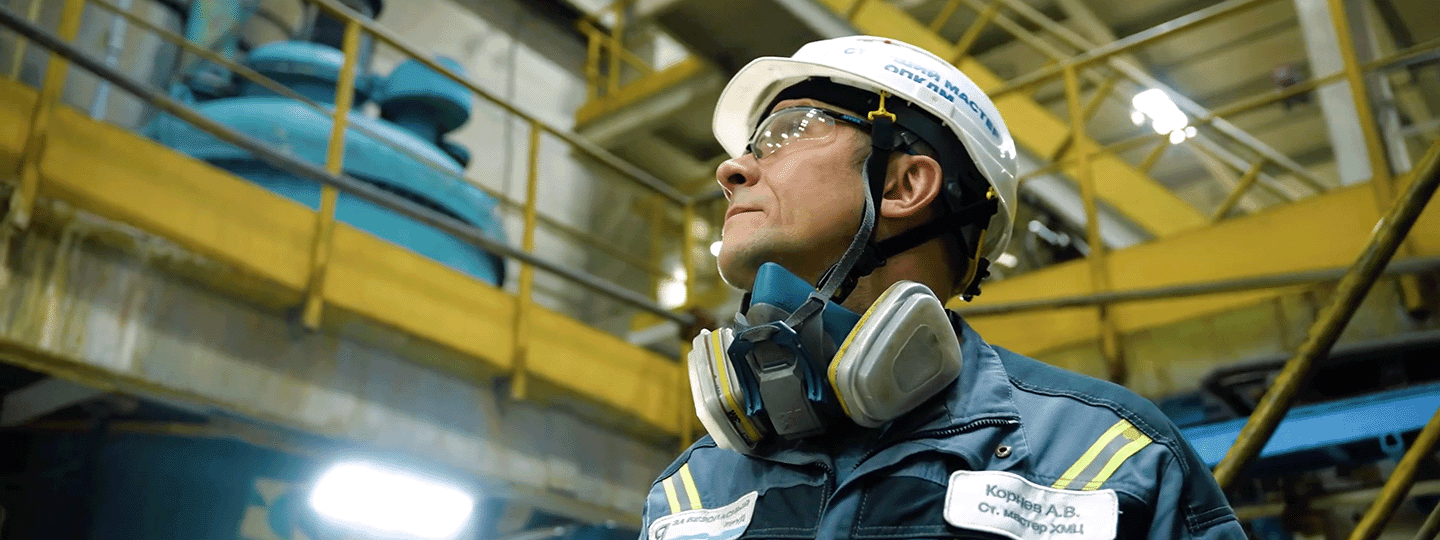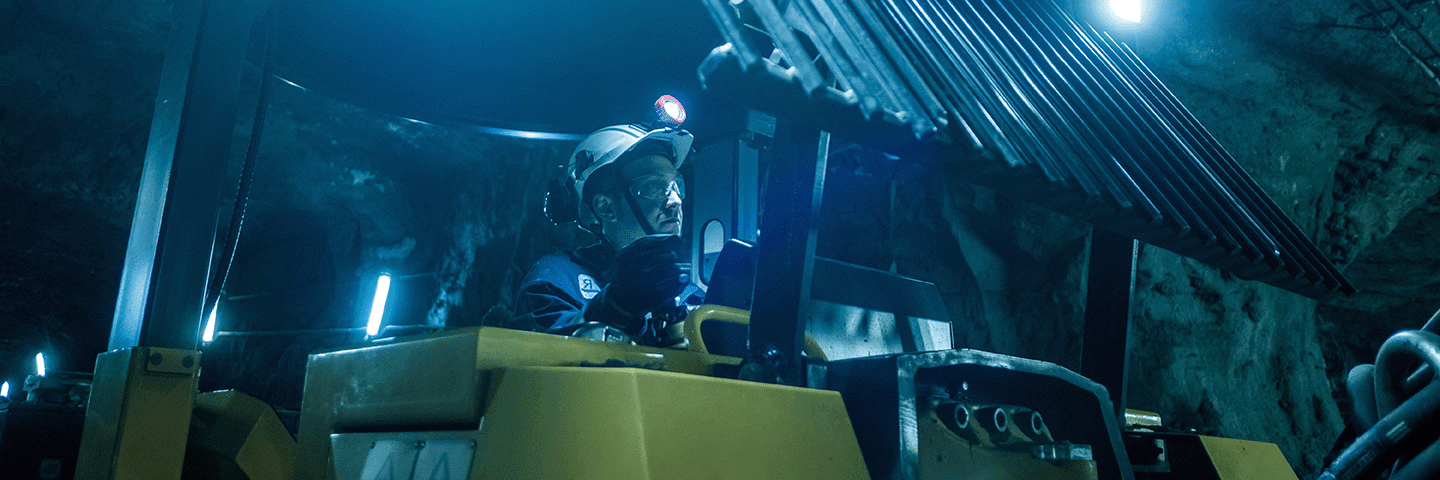Nornickel’s HR strategy
The well‑being of people who live in Nornickel’s host cities and work at the Group’s enterprises is a crucial aspect of the Company’s socially sustainable development. This was why, in the reporting year, the Company approved its updated HR Strategy for 2024–2026, reflecting its commitment to three objectives that are, among other things, key enablers of the strategic goals of its business.

Three key objectives of the HR Strategy for 2024–2026
Building core capabilities critical for the Company’s success:
- implementing the talent management strategy;
- creating a training ecosystem to unlock the potential of everyone, from student to retiree;
- building a strong employer brand to attract high‑potential talent and youth
Fostering a new culture through best practices and dialogue:
- continuously identifying opportunities to improve efficiency;
- providing a feedback system and maintaining regular team dialogues;
- enhancing the work environment and corporate culture
Supporting our employees and their families:
- offering motivating pay and running retention programmes;
- providing a wide range of social benefits with flexible options for employees;
- promoting employee health and supporting them in various life situations;
- enhancing the quality of life in the cities hosting our operations, helping employees become active community members

Nornickel’s key HR management regulationsThe Board of Directors approved MMC Norilsk Nickel’s policies listed above and the Equal Opportunities Programme. The Personal Data Processing Policy of MMC Norilsk Nickel was approved by the President.
National laws of the countries of operation
Constitution of the Russian Federation
Talent Pool Regulations
Regulations on the Grading System of MMC Norilsk Nickel and the Norilsk Nickel Group’s Russian business units
Labour Code of the Russian Federation
Procedure Rules for Assessing Employee Performance at Nornickel’s Head Office
Procedure Rules for Assessing Management Performance at the Norilsk Nickel Group
Staff composition

Nornickel is committed to recruiting and developing top talent. In 2024, Nornickel retained its leadership in key rankings of the most attractive employers compiled by HeadHunter, RBC, Forbes, FutureToday, and other expert organisations.
For more details, please see the Awards appendix.
The staff headcountIncluding staff headcount and external part‑timers. of the Group’s Russian entities reached 79.6 thousand employees by year‑end, with over 98.9% working full‑time and more than 96% employed under permanent contracts.
As at the end of 2024, 230 individuals were performing work or providing services for the Group’s Russian entities under independent contractor agreements.
Locally hired employees
At the end of 2024, headcount at foreign entities was up by 8.6%, driven primarily by workforce additions in Asia as the Group established new enterprises in the Asia‑Pacific region.
As most of the Group’s production assets are located in the Norilsk Industrial District, the majority of the Group’s workforce is also concentrated there (66.9%).
Nornickel recognises its responsibility for shaping labour market dynamics in the regions where it operates. Recruitment is based on candidates’ professional qualities and competencies, including their work experience, qualifications, and education.
More than a third of employees (40%) hold higher education degrees, with most of them working in managerial roles, while 21.9% have completed general secondary education, 23.7% hold secondary vocational qualifications, and 14.3% have primary vocational training. The proportion of employees with incomplete higher education is marginal at 0.1%.
Blue‑collar employees account for the largest part of the workforce (60.2%) due to the nature of the Group’s operations. The proportion of men in the overall headcount remained stable at 70%–71% from 2020 to 2024, reflecting the harsh natural and climatic working conditions in the Far North. Female employees account for the majority of white‑collar roles, comprising 52%–54% of this category over the observed period.
Nornickel’s contribution to the Personnel national project and the Stable and Dynamic Economy national goal
Targets and objectives under the national goal:
a) Ensure GDP growth above the global average [...];
j) By 2030, set up an effective system of employee training, retraining, and upskilling […]
Relevant UN SDGs
Related federal projects
Key initiatives and focus areas
In 2024, Nornickel employed various strategies to enhance its recruitment efforts, including fly‑in fly‑out work arrangements, the creation of both permanent and temporary jobs, and the horizontal mobility of white‑collar employees (managers, specialists, and administrative staff) within the Group, which rose by 49% y‑o‑y. During the year, the Company hired 1,844 employees to work on a rotational basis.
In 2024, the Company also signed an agreement with an online platform, enabling it to post job vacancies on one of the most popular classifieds websites in Russia, reaching over 50 thousand potential candidates.
Particular focus was placed on attracting talent from the Belgorod and Kursk Regions. In 2024, 71 candidates from these regions were employed by the Group’s enterprises, including 30 hires following the launch of an advertising campaign on Russia’s largest online classifieds platform.
To further attract out‑of‑town candidates, Nornickel continued operating its recruitment centres in Irkutsk, Orsk, Ufa, and Norilsk, which collectively conducted over 2.2 thousand job interviews, as well as its HR Support Centre in Norilsk, which serves as a hub for in‑person recruitment. Candidates have multiple channels for submitting their CVs, including the corporate portal, recruitment centres, a 24/7 call centre, and social media platforms. In total, Nornickel received 62 thousand CVs during 2024.
In the first year of operating its Orbit automated recruitment system, more than 320 thousand CVs were registered in the database (+18.5% y‑o‑y), with 8 thousand candidates hired through the system in 2024.
In 2024, over 10.9 thousand white‑collar employees (managers, specialists, and administrative staff) were reassigned to new roles within the Group, including over 3.8 thousand who were promoted to higher positions with corresponding grade increases. Additionally, as part of its rehire programme, Nornickel brought back 890 former employees in 2024.
In 2024, employee turnoverThe ratio of resignations, dismissals for breaches of labour discipline, and negotiated terminations to the average headcount for the year. stood at 12.4%. Voluntary turnoverThe ratio of resignations to the average headcount for the year. reached 10.5% in 2021, driven in part by the closure and reconfiguration of smelting and metallurgical operations on the Kola Peninsula, then slipped to 9.2% in 2022 and edged up slightly to 9.9% in 2023. In 2024, it grew by 1 p. p., driven by the Company’s ongoing efficiency initiatives. As part of its Socially Sustainable Development Strategy, the Company aims to reduce turnover by fostering employee professional growth and attracting both young and experienced talent.

Respecting employee rights
Nornickel respects employee rights and seeks to fully incorporate them into its operations.
Employment and career advancement based solely on professional abilities, knowledge, and skills
Equal opportunities for all employees to unlock their professional potential
Fair and impartial performance evaluations
Employee development and social support, including upholding rights to social security, education, family protection, housing, freedom of artistic expression, and participation in cultural life
Recruitment of people with disabilities and ensuring they are provided with the necessary working conditions, including appropriate work and rest schedules, annual and additional paid leave, and financial assistanceEmployment quotas for people with disabilities account for at least 2% of the average headcount. Excluding employees involved in hazardous and/or dangerous work, depending on the region and the size of the organisation. The Company meets all legal requirements for employment quotas.
Compliance with internal labour regulations, which are approved in consultation with the trade union organisation and with reference to applicable working hour regulations
Prohibition of child labour in any form, including employment of individuals under 18 in hazardous and/or dangerous work
Ban on employing women in harsh and dangerous working conditions in the mining industry
To foster open and honest dialogue with employees, the Group operates the Corporate Trust Line speak‑up programme and has maintained offices for operational, social, and labour matters for over 20 years. These offices play a key role in the prompt and objective resolution of workplace issues and conflicts.
Nornickel takes into account and aligns the interests of Group employees and employers in matters of social and labour relations at the local, regional, and interregional levels.
Interregional level
To promote social partnership at the interregional level, in December 2024, authorised representatives of employees and employers signed another interregional cross‑industry agreement for copper and nickel producers and production support providers for 2025–2028. This agreement, similar in content to the 2022–2025 version, establishes uniform corporate approaches to a wide range of matters, including remuneration, guarantees, compensations, benefits, work and rest schedules, healthcare, and redundancy procedures.
At the end of 2024, the agreement covered 21 Group entities and applied to 89.7% of the Group’s workforce.
Company level
Nornickel has implemented a social partnership framework across its enterprises. This system is regulated by applicable Russian laws, the cross‑industry agreement, and the Company’s internal regulations (such as the Freedom of Association Policy approved by the Board of Directors).
In 2024, the collective bargaining agreements of MMC Norilsk Nickel and three other Group enterprises were extended for another three years (2024–2027). Between 2021 and 2024, the Company introduced a series of additional measures to enhance its benefits package for Nornickel employees, which are already included in collective bargaining agreements. These measures stepped up targeted support for certain employee categories (e.g. revising financial assistance limits, expanding guarantees for employees with disabilities, increasing reimbursement levels for employees’ relocation costs after terminating their employment in the Far North, and more).
During collective bargaining, representatives of employees and the employer agreed to extend for another three years the existing collective bargaining agreement, keeping all guarantees, compensations, and social programmes unchanged.
In 2024, trade unions and social and labour councils continued to regularly participate in hygiene inspections of healthcare and general catering facilities as well as in assessments of food quality at the Group’s catering facilities in the Norilsk Industrial District and the Murmansk Region.
In the reporting year, Nornickel enterprises were recognised among the winners and runners‑up in the For High Social Efficiency and Development of Social Partnership annual regional competition, based on the 2023 results. They were awarded in the Krasnoyarsk Territory Organisation of High Social Efficiency and Top Performance in the Development of Social Partnership (Mining) category.
In 2024, to keep employees informed about the Company’s plans, performance, and management decisions related to social and labour matters, Nornickel shared with trade union representatives the results of the first stage of its Digital Investor corporate programme. Key information on the launch and objectives of the Tenure module under the second stage was also presented. In addition, the Nornickel Trade Union Council held a dedicated meeting to discuss the migration of Group employees to a new payroll system. Particular emphasis was placed on addressing employees’ frequently asked questions and ways to ensure a seamless transition. The Company views such meetings as vital to maintaining open dialogue with employee representatives and receiving timely feedback on ongoing organisational changes.
Social and labour relations at those Group companies without collective bargaining agreements (representing 5.7% of Nornickel’s workforce) are governed, among other things, by internal regulations adopted by such companies in accordance with applicable Russian labour laws and in consultation with employee representative bodies, where such bodies exist.
In accordance with the Russian Labour Code, the Company provides notice of significant operational changes to bodies representing its employees. The minimum notice period is at least two months before the implementation of the relevant actions. If a decision to reduce the number or staffing levels of employees may result in mass terminations, the Company notifies employee representative bodies – trade unions – at least three months before the implementation of the relevant actions. These provisions are specified in all collective bargaining agreements.
